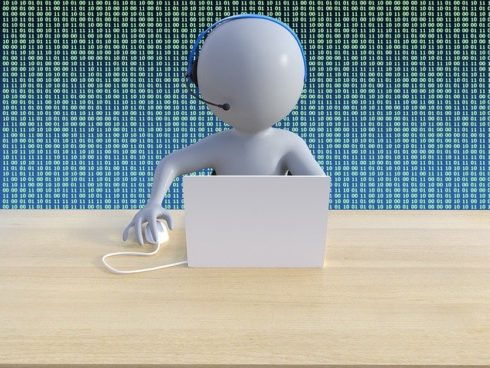
In the long term, organizations expect as many as 41% of their employees to work remotely at least part of the time. A recent Gartner survey reinforces the need for IT to deliver a user experience (UX) that the autonomous, remote worker of the future finds productive, non-invasive and trouble-free. The best user experience is one in which employees are not interrupted in their work, and IT is confidently handling a potentially disruptive issue before it ever gets to the employee’s desktop. In parallel, that means service desks may be quieter, new tickets are few and IT can focus more on business outcomes and less on repetitive reactive break-fix tasks.
This is the realization of an ambient, or self-servicing, IT experience – where IT people and technology are silently adjusting and fixing issues before the employee ever needs to ask for help.
The first step in delivering the most satisfying, secure, problem-free UX is to evaluate an organization’s current service structure and identify where to add more advanced tools to move to an automated, more autonomous self-service IT environment.
Fewer calls, happier users
A key to transforming into an ambient self-service model is through the use of hyper-automation. Using hyper-automation tools with high speed automation and leveraging AI, machine learning and predictive analytics, IT staff can resolve up to 80% of issues before users even report them. Consider these steps to an automated, self-service infrastructure that will incorporate more proactive resolution and support to deliver better business outcomes and an improved UX:
- Assess, Enable, Accelerate. Work with a vendor’s professional services department or a solution provider to assess your current help desk or service management operation and create a strategy to add new technology to move to an automated self-service model. As part of this strategy also plan for training and education to ensure your team members have the knowledge and skills to deploy and maintain the new self-service model. Lastly, include ongoing support and follow-through from vendors to accelerate switchover to self-service with minimal hiccups.
- Know your Assets. Among the most frequent help desk requests are those where an employee is trying to access an application or request a software program and finds out, to their dismay, that their device or the application is not permitted or blocked from usage. Integrating automatic asset discovery with hardware and software asset management will find these assets and determine whether they should be added to the management database. Automation can generate an action in real time, protecting the network from an insecure, rogue asset, and conversely, allowing access if the asset is deemed to be secure and relevant to the organization’s workflow.
- Transition to Automated Self–Service. The core of hyper-automation is transitioning a reactive help desk operation to one in which automation bots proactively identify and resolve issues before they can impact employee productivity. Automation, driven by AI and machine learning, can capture many of the compute issues that degrade UX and hamper positive business outcomes. These self-service bots can also further contextualize the user experience, detecting all the devices the user has, and anticipating what the user needs to be most productive. And if further help is needed, even creating tickets automatically on behalf of the employee.
- Make Security Proactive. Remote working has further opened the door to network risk as devices came into use that were not necessarily administered or managed by corporate IT. Hyper-automation can help here as well, by enabling ‘adaptive security,’ constantly monitoring the network to discover and detect possible security issues, then automatically working to remediate issues before the network – or the user – is impacted.
- Enhance Mobile Communication. Mobile device usage remains a factor in remote working as employees will be toggling back and forth between on-premises and home or travel locations. Improving IT service management should include the mobile universe. Biometric authentication and push notification enhancements will help mobile users securely access applications and stay up to date on upgrades. Another communication improvement is integrating self-service chat for internet browsers and mobile applications. The easier it is for a user to get answers to a help desk type issue, the faster they can get back to work. It also helps to cut down on service tickets.
A help desk for the next normal
Looking toward 2021 and beyond, strategic organizations will be re-engineering their service operations to automate task and issues remediation as much as possible. IT budgets are being carefully re-evaluated. Employees are working remotely and will continue to do so. The net result of these dynamic changes is the need to use automation to preserve IT budget for value added, strategic projects that contribute to business viability.
Hyper-automation is one answer to leaner, more efficient service management. Not only will it improve service delivery and UX it can also help eliminate the burden on today’s help desk staff while giving users – and their assets – the power to service themselves. The endgame? Providing the best possible UX for the lifeblood of an organization, its employees. Automated discovery, remediation and proactive security protection will improve business outcomes as organizations march toward stability.








